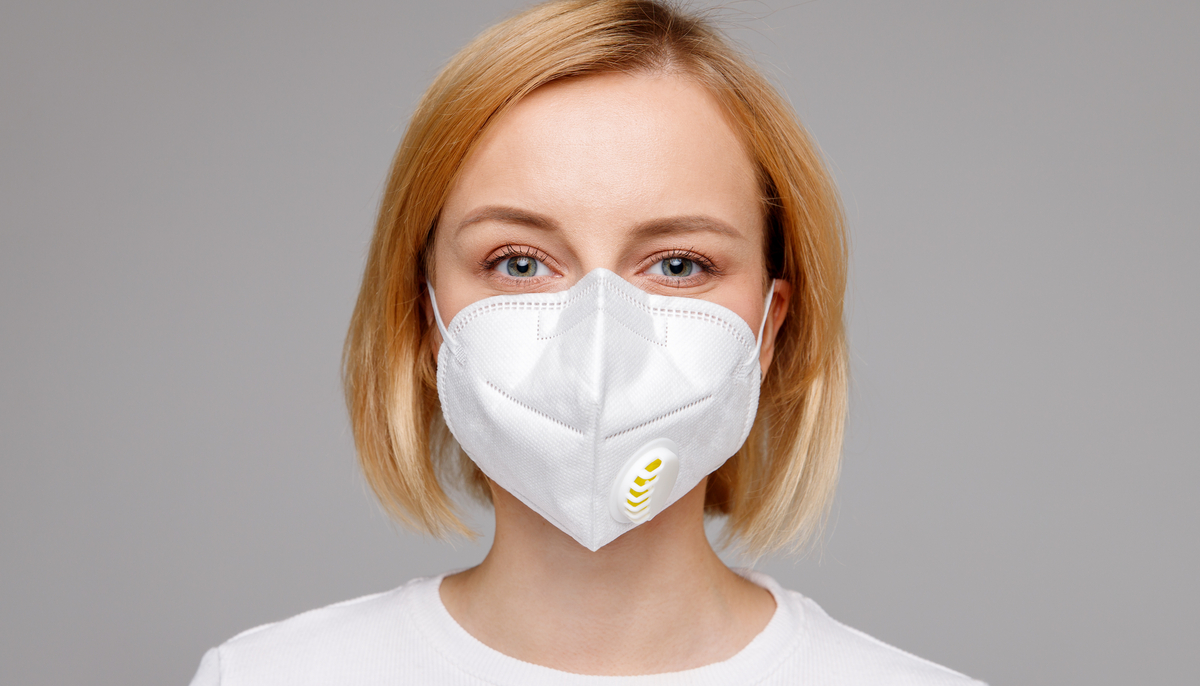Shutterstock
So far, the Bay Area of California has done a pretty good job at keeping the COVID-19 infection rate lower than predictions expected. However, this has not come easily: the area locked down earlier than most regions in the US, and their lockdown has been stricter than most. Part of this has involved numerous ordnances and bans that keep up with the changing coronavirus situation.

The latest of these updates to the region’s coronavirus code? A ban on some face masks. That might sound a bit counterintuitive. After all, face masks are required in public spaces in the Bay Area right now, so why would anyone ban them? Well, the masks that are banned are actually not too good at doing their job.
The ban applies to N95 masks that have a valve. These masks, while good at protecting the wearer from particulates in the air, don’t protect those around the wearer. That’s because the valve isn’t for filtration: it’s for the comfort of the wearer. It allows the wearer’s breath to enter the atmosphere around them as normal.
This begs the question, then: what the heck are masks with valves for? Well, the N95 mask was originally created for industrial environments. They would typically be worn on job sites, such as coal mines or construction sites. Since you have to work long hours in hot conditions at such sites, a mask that traps your breath near your face is not ideal. Enter the comfort valve.
The valve closes when you breath in, keeping airborne particulates from getting in. Coal, construction dust, sawdust – whatever particulates may be in the area, they can’t penetrate on inhale. When the wearer exhales, however, the valve lets the air pass straight through.
As doctors convalesce and inpatient rehabs center their efforts on COVID, it’s important that those of us outside hospital doors help slow the spread, too. Masks are a straightforward way to do this – even cloth masks. The simplest of masks will still have some filtration properties.
However, to notably slow the spread among the population, it’s important that everyone in densely populated areas is wearing their mask. Basic masks are far from perfect, but if everyone is wearing one, it’s much less likely that respiratory droplets will carry the virus openly through public spaces.
That is, of course, assuming they don’t have a valve!